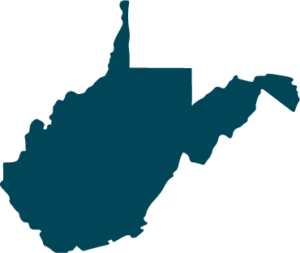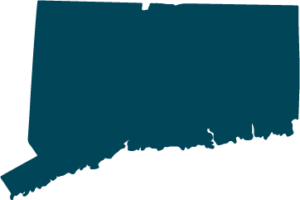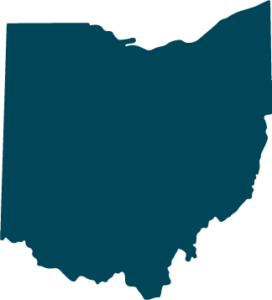All-Access Webinar Pass
All-Access webinar pass allows students to take 12 months of live webinars and access the full catalog of on-demand webinars at a fraction of the cost.
In the East Coast region, significant sales tax legislative changes happen on a daily basis.
In fact, they happen so frequently that it is very difficult to stay on top of all of the latest changes. Trying to understand what the changes mean for your business is a whole other challenge. Without expert guidance, it can be hard to understand if and how they affect your company.
But sales tax legislative changes can have a big impact on your business operations. If you don’t know about significant changes affecting your company, how can you make the necessary changes to stay in compliance?
Let’s explore four recent sales tax updates that have taken place in the East Coast region. We’ll examine how these changes may affect your business operations, including some opportunities that may reap big benefits.

In the wake of the South Dakota v. Wayfair decision, a number of states enacted economic nexus legislation to stay current with the changing sales tax landscape. West Virginia is one of the more recent states to do so, having enacted economic nexus provisions for out-of-state sellers that became effective on January 1, 2019.
Any out-of-state sellers (which includes online and more traditional sellers) who as of July 1, 2018 were not required to collect and remit West Virginia sales and use tax are now required to collect and remit West Virginia sales and use tax on all sales made on and after January 1, 2019 that are delivered into the state if the seller met either of the following requirements during the 2018 calendar year:
Whether a seller is responsible for tax collection and remittance will be determined annually each year thereafter. The requirement will apply for a given calendar year based on whether the seller meets either of the above thresholds in the immediately preceding calendar year.
So what does this mean for you? If you make sales into West Virginia, you’ll need to review your sales transactions into the state for the 2018 calendar year (and annually moving forward) to determine if you meet either of the state’s economic nexus thresholds. If you do, you must register to collect and remit West Virginia sales and use tax and file returns.
If you need assistance determining whether you meet the West Virginia economic nexus thresholds, you should consider having a sales tax professional review your activity by taking advantage of our Wayfair Risk Analysis.

The District of Columbia recently increased its sales and use tax rate as well as a number of other tax rates. As of October 1, 2018, the follow tax rate increases are in effect for the District of Columbia:
If you make sales in District of Columbia , you need to ensure that you have updated your systems to reflect the new tax rates. Staying up-to-date with sales tax rate changes is a crucial part of remaining sales tax compliant. Not doing so can lead to increased audit risk.

On November 6, 2018, the Connecticut Department of Revenue Services (DRS) released an updated information publication regarding the state’s Voluntary Disclosure Program. The program allows businesses and individuals that are not in compliance with Connecticut tax laws to voluntarily come forward to register or bring their accounts into compliance.
A taxpayer can contact the DRS to make arrangements for any of the following reasons:
Programs like this are a great opportunity so it behooves any business to double check their activities in the state just in case. With voluntary disclosure you save on audit costs, assessments, and can usually negotiate payment terms.
Typically, taxpayers who participate in a voluntary disclosure program are offered favorable terms to pay their back taxes. Participants in the program must pay the total taxes and interest due for a period determined by the DRS in the Voluntary Disclosure Agreement (VDA).
There are some big benefits for qualified taxpayers participating in the program: no penalties imposed, a limited look-back period, and peace of mind from being discovered through Connecticut’s normal investigative or audit procedures.
Furthermore, Connecticut’s economic nexus legislation became effective on December 1, 2018, so there may be a need to register if you meet the state’s threshold for sales and transactions. Additionally, if you’re an online seller making sales through an online marketplace, such as Amazon, you may be holding inventory in states and therefore establishing physical presence nexus. If this is the case, you may want to consider a VDA to avoid costly penalties.
For more details regarding Connecticut’s Voluntary Disclosure Program, including how to participate in the program, see our news item.

In one of the more interesting recent state sales tax developments is perhaps a sign of things to come. The Ohio Treasurer recently announced that the state will now accept tax payments via cryptocurrency.
This makes Ohio the first state in the U.S. to accept cryptocurrency as a form of payment for state taxes. Currently, Bitcoin is the only cryptocurrency eligible for payment but the state looks forward to adding more cryptocurrencies in the future.
Some of the benefits of paying with cryptocurrency include real-time tracking of payments on the blockchain, secure payments that cannot be transferred to third parties with user initiation, and minimal fees to confirm transactions.
The state has launched a new website for cryptocurrency payments – OhioCrypto.com. Taxpayers can pay 23 Ohio business-related taxes on the website, including sales tax, consumer’s use tax and seller’s use tax. Note that the Treasurer’s office will continue to offer other forms of payment for state taxes.
If you’re looking to be on the cutting edge or just think that paying via cryptocurrency is the right fit for you, you can take advantage of this new offering in Ohio. It will be interesting to see if other states follow suit.
These are just four significant recent sales tax developments in the East Coast region. It’s important to realize that these sorts of sales tax changes happen every day across the states. And staying on top of them is crucial if you plan on staying sales tax compliant.
When you take the entire East Coast region into consideration, there are a lot of legislative changes happening that could have a real impact on your business operations. If you do business or make sales in the East Coast region, you’ll want to stay on top of the big changes taking place.
 About the Author:
About the Author:Diane L. Yetter is a strategist, advisor, speaker, and author in the field of sales and use tax. She is president and founder of YETTER Tax and founder of the Sales Tax Institute. You can find Diane on LinkedIn and Twitter.